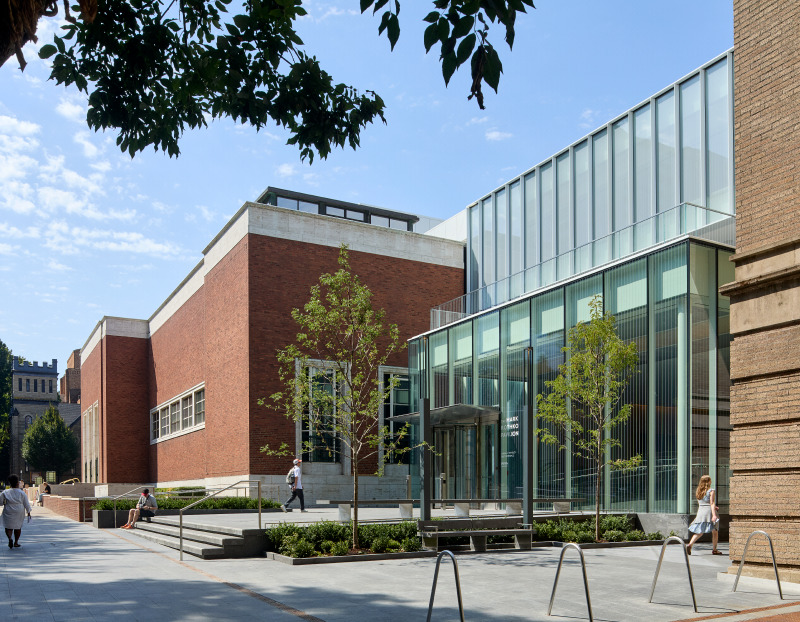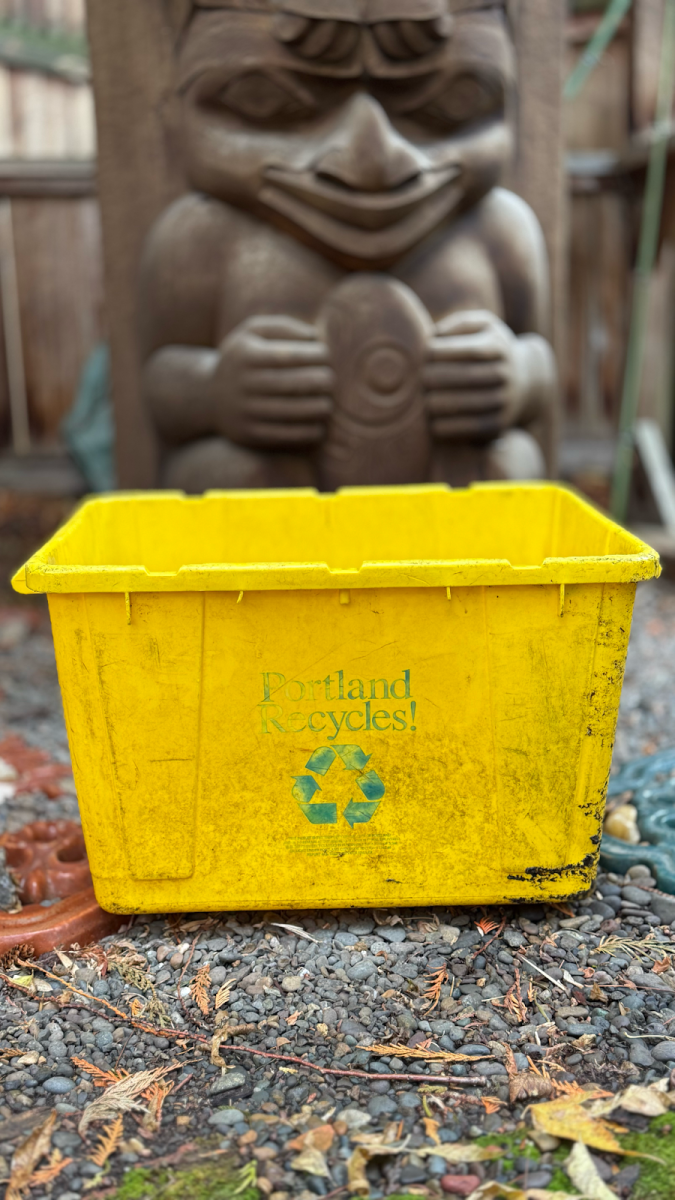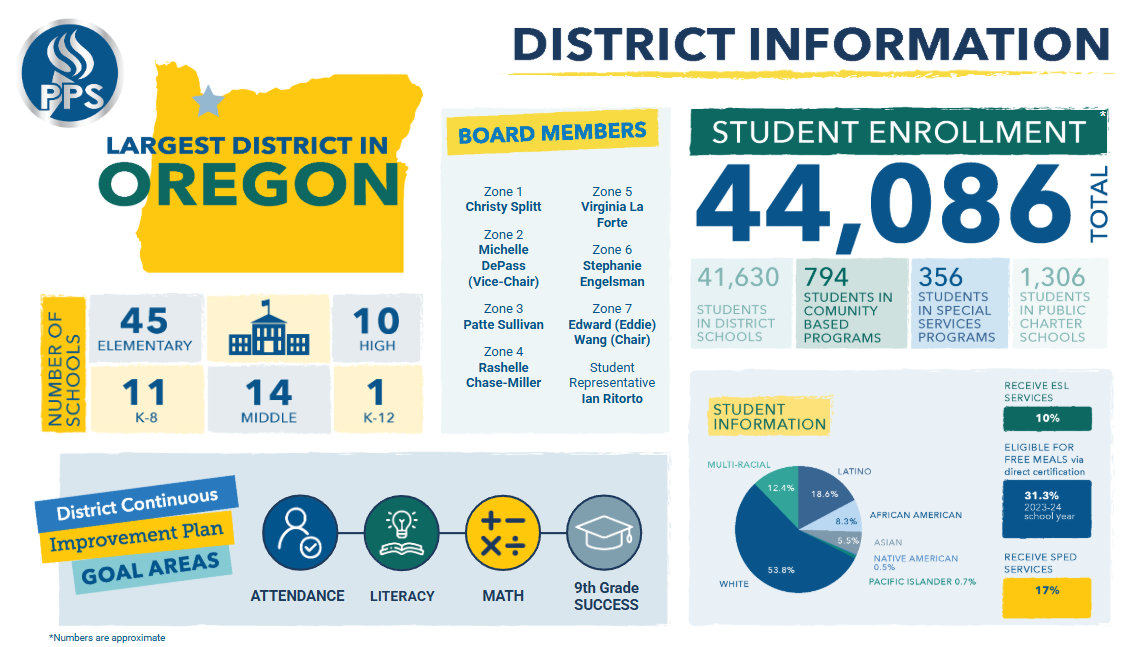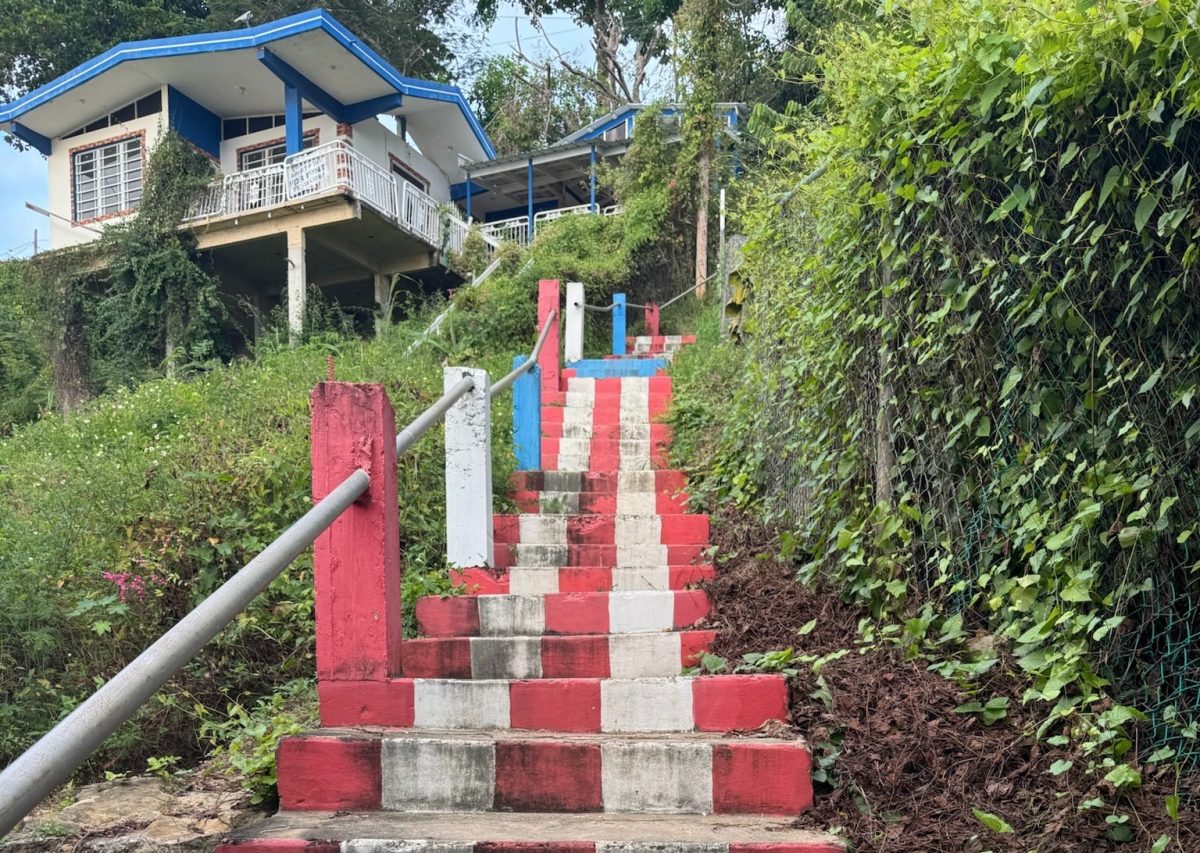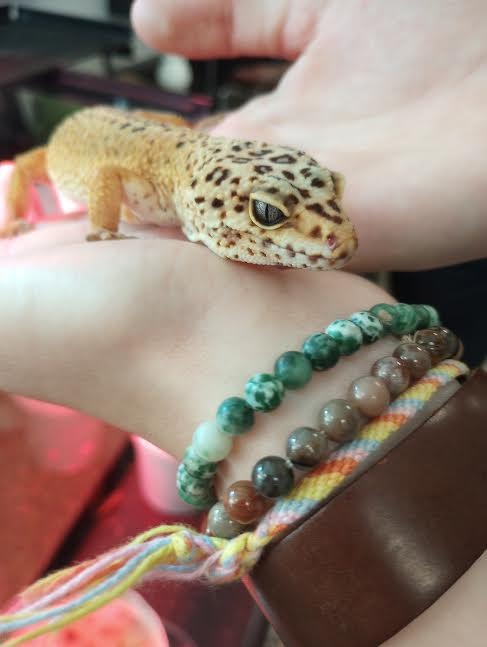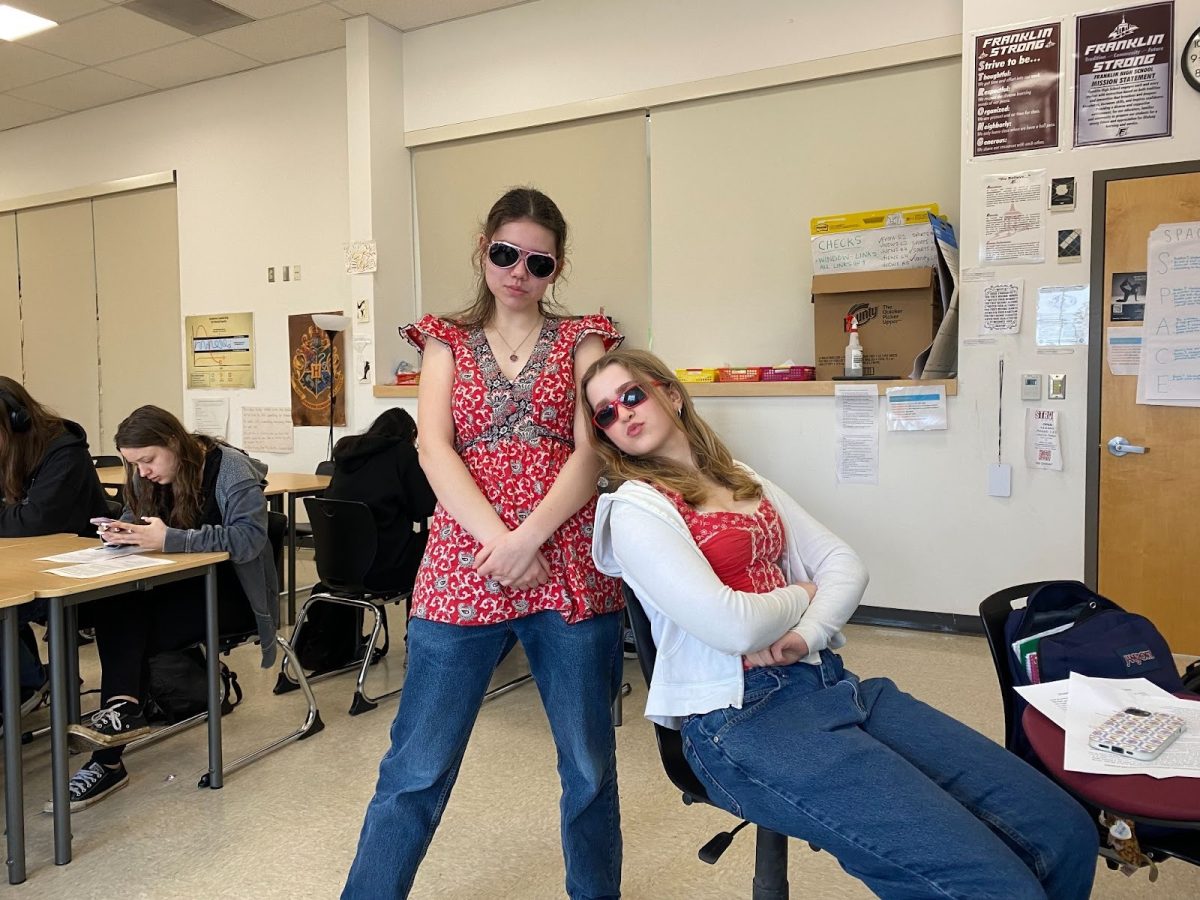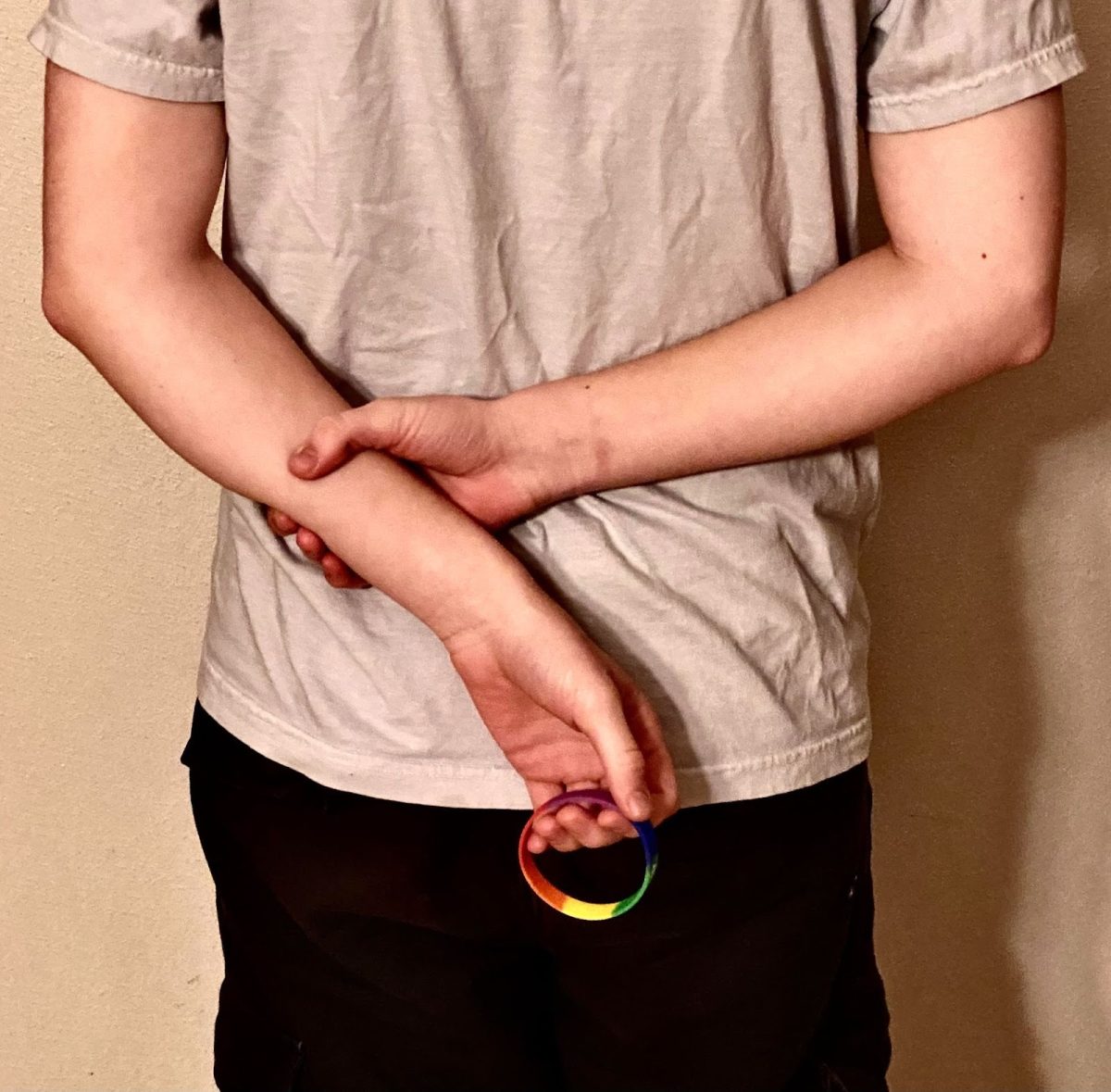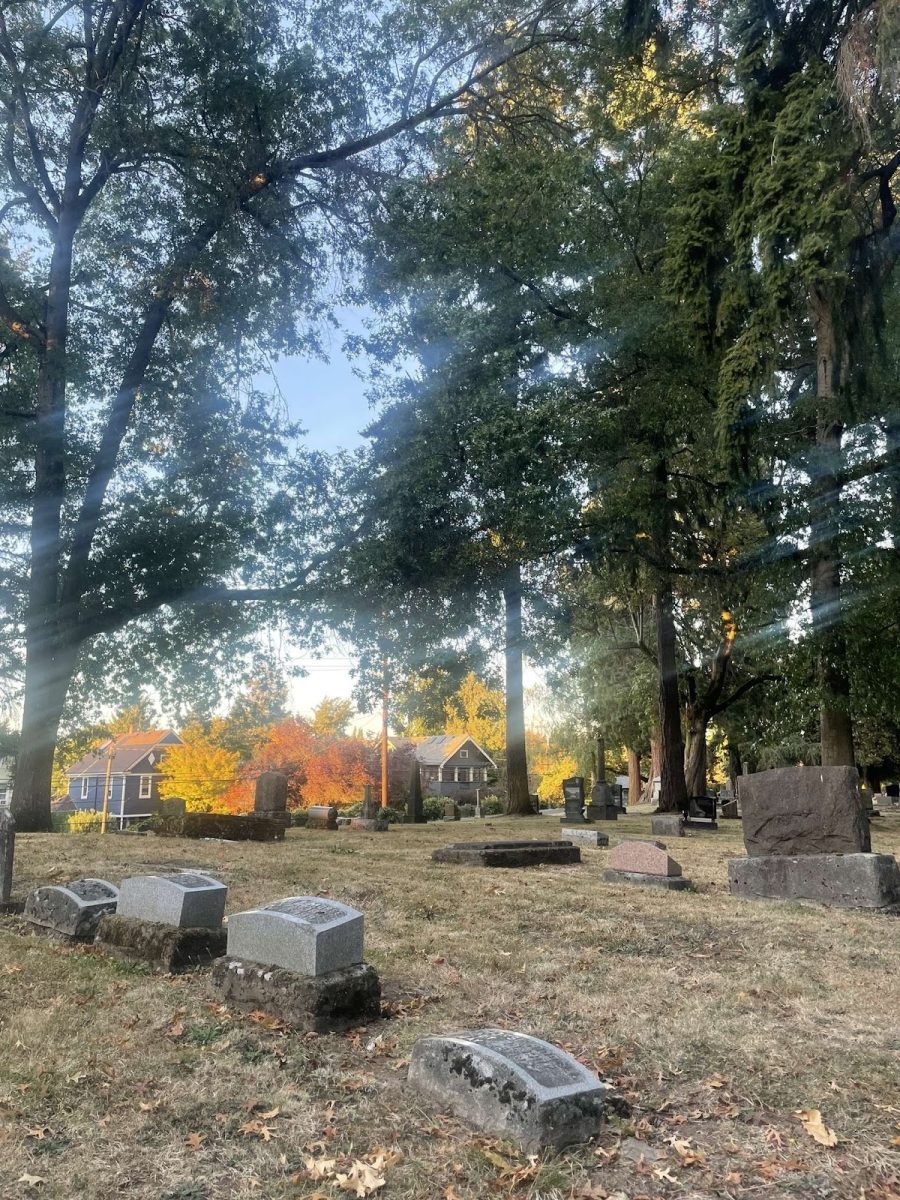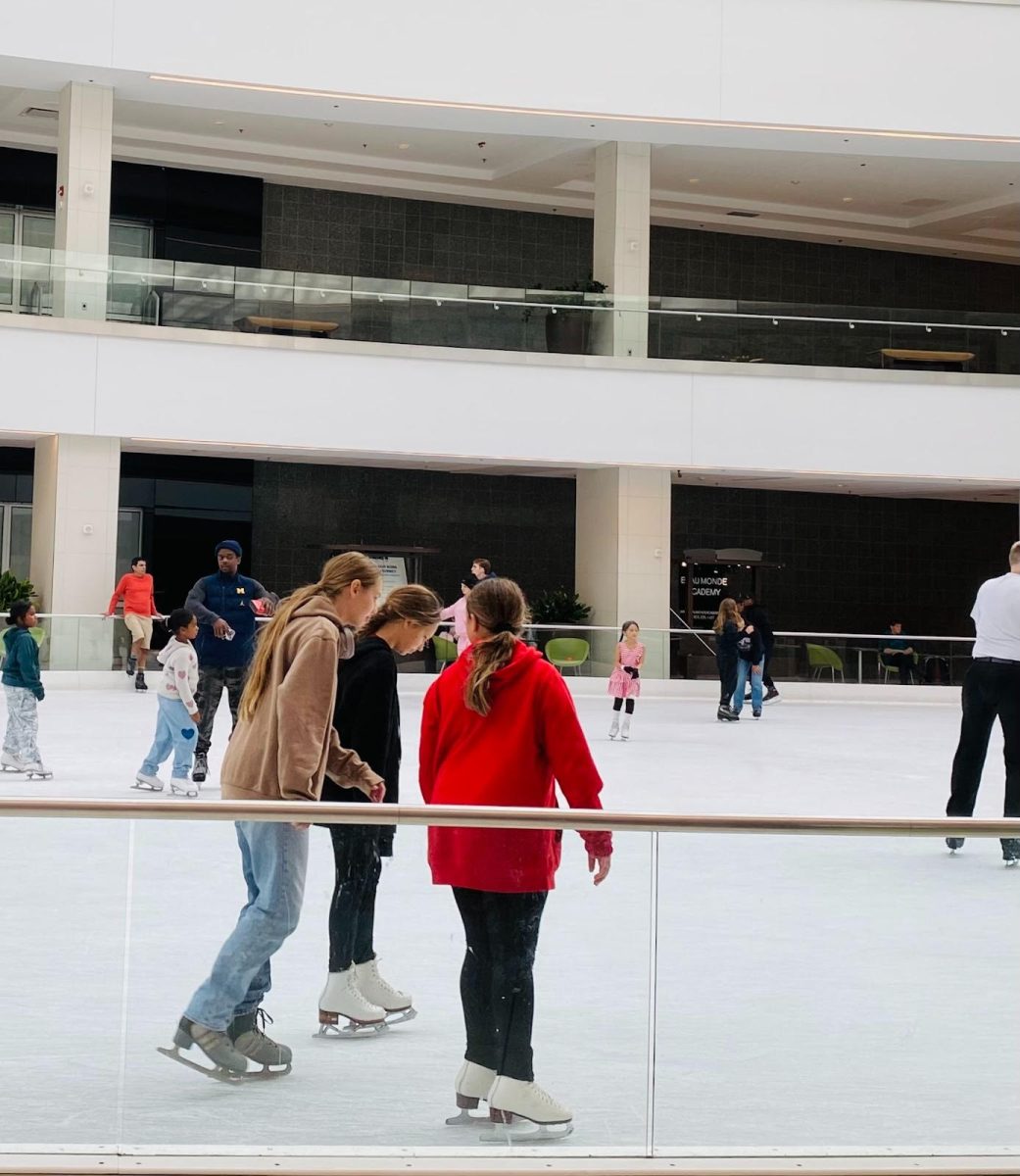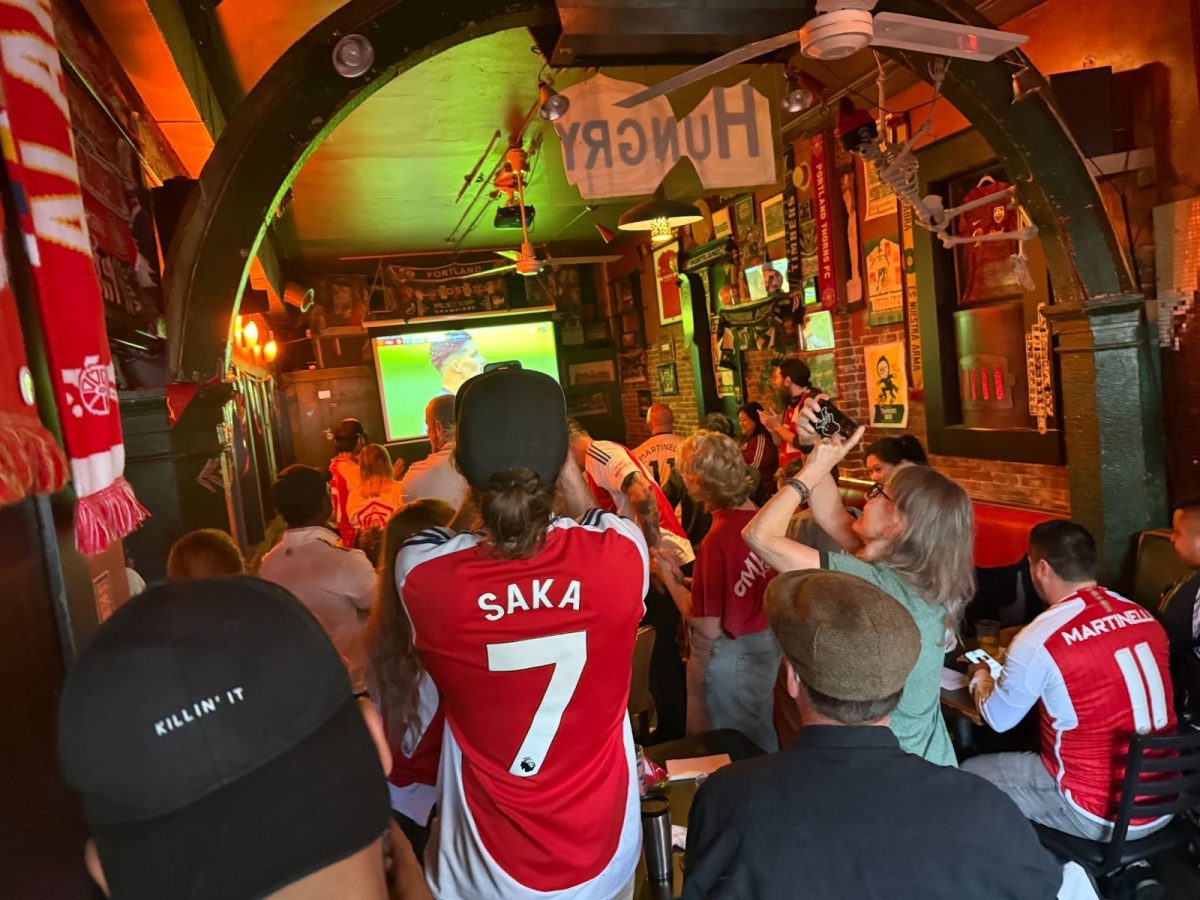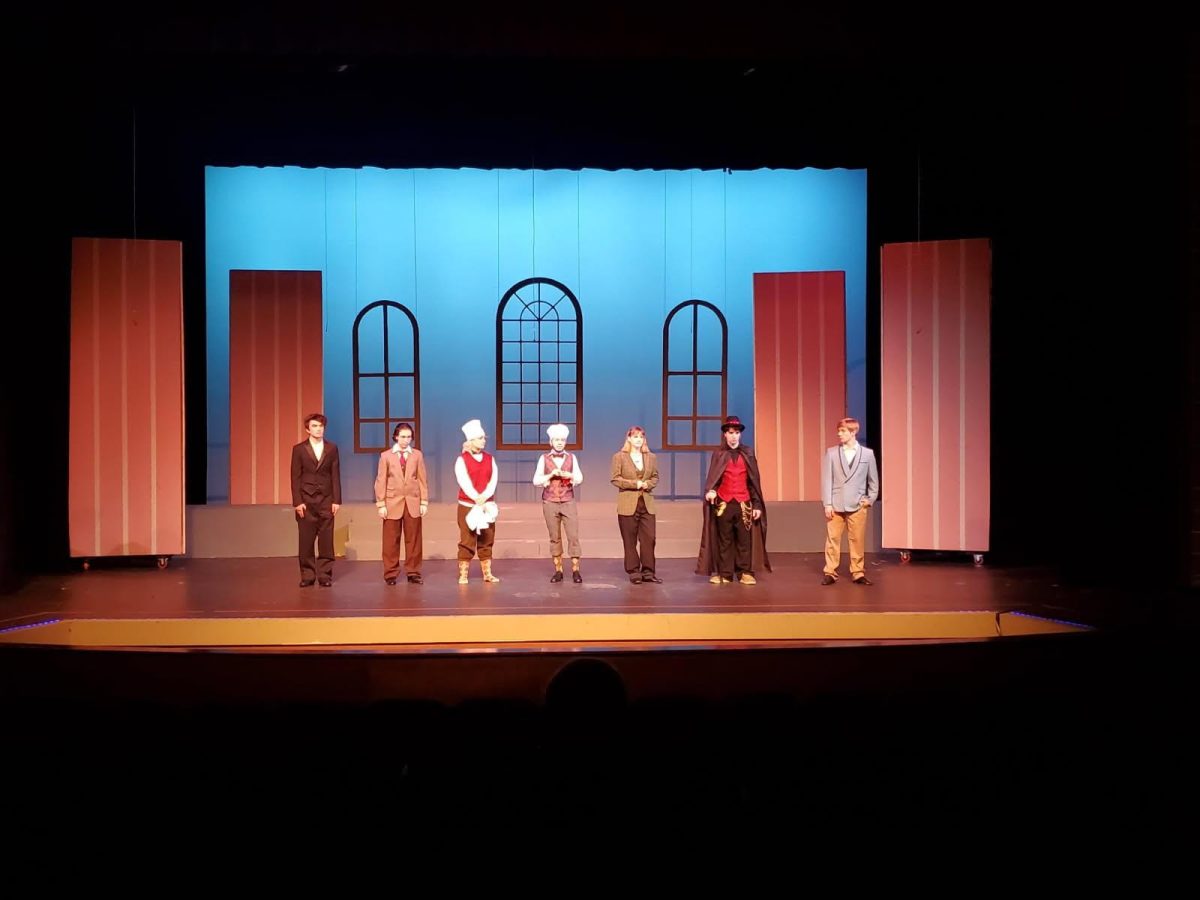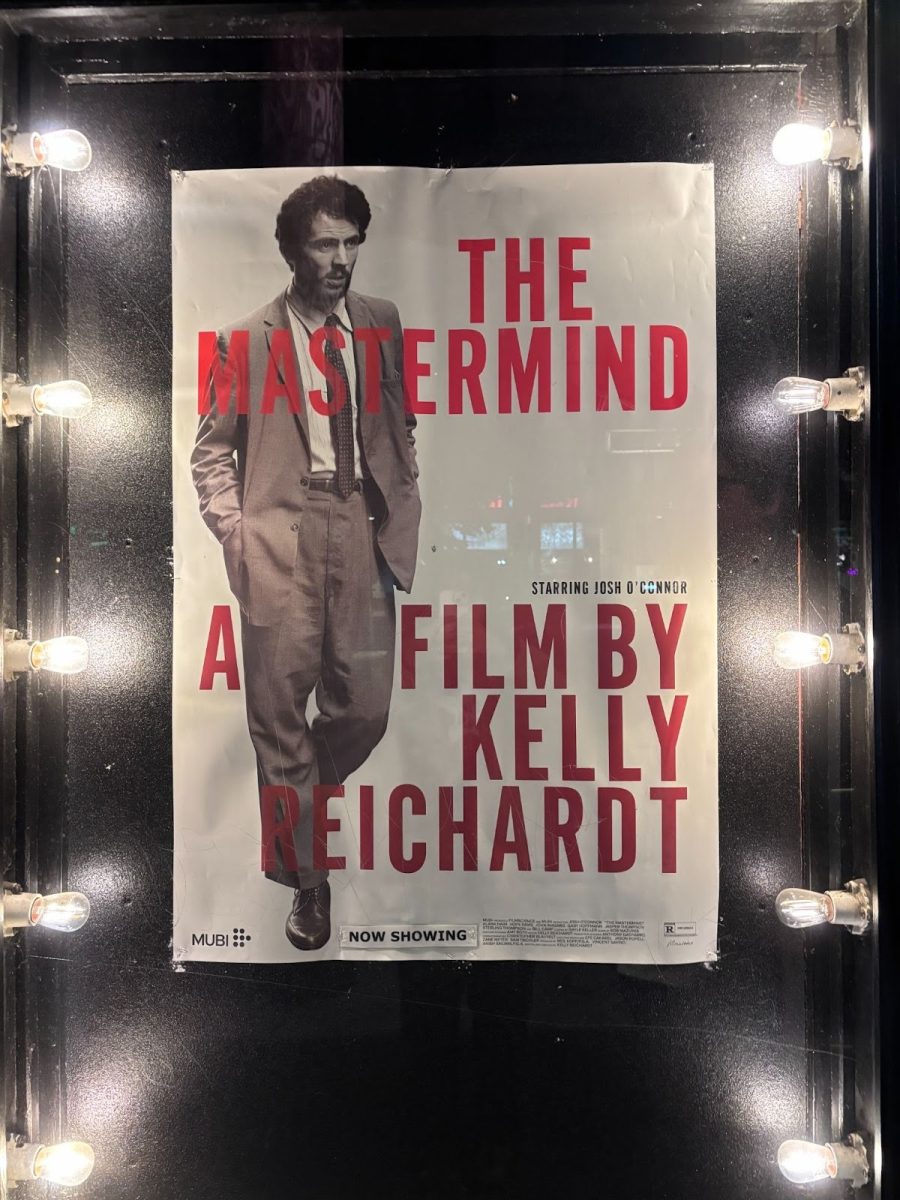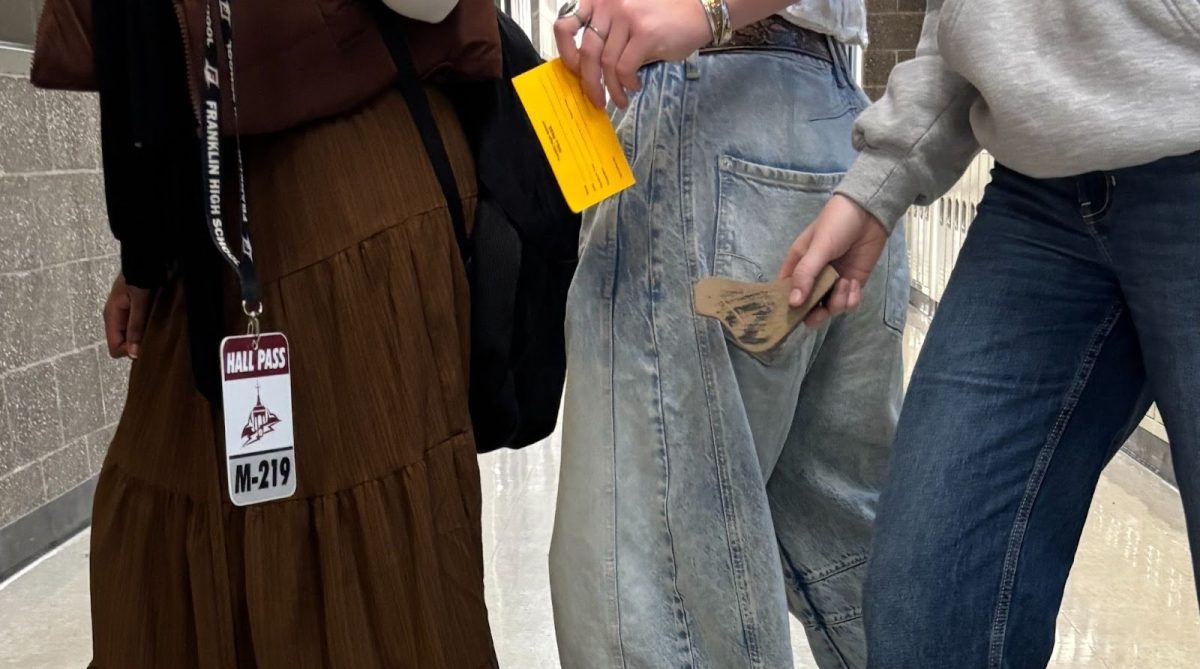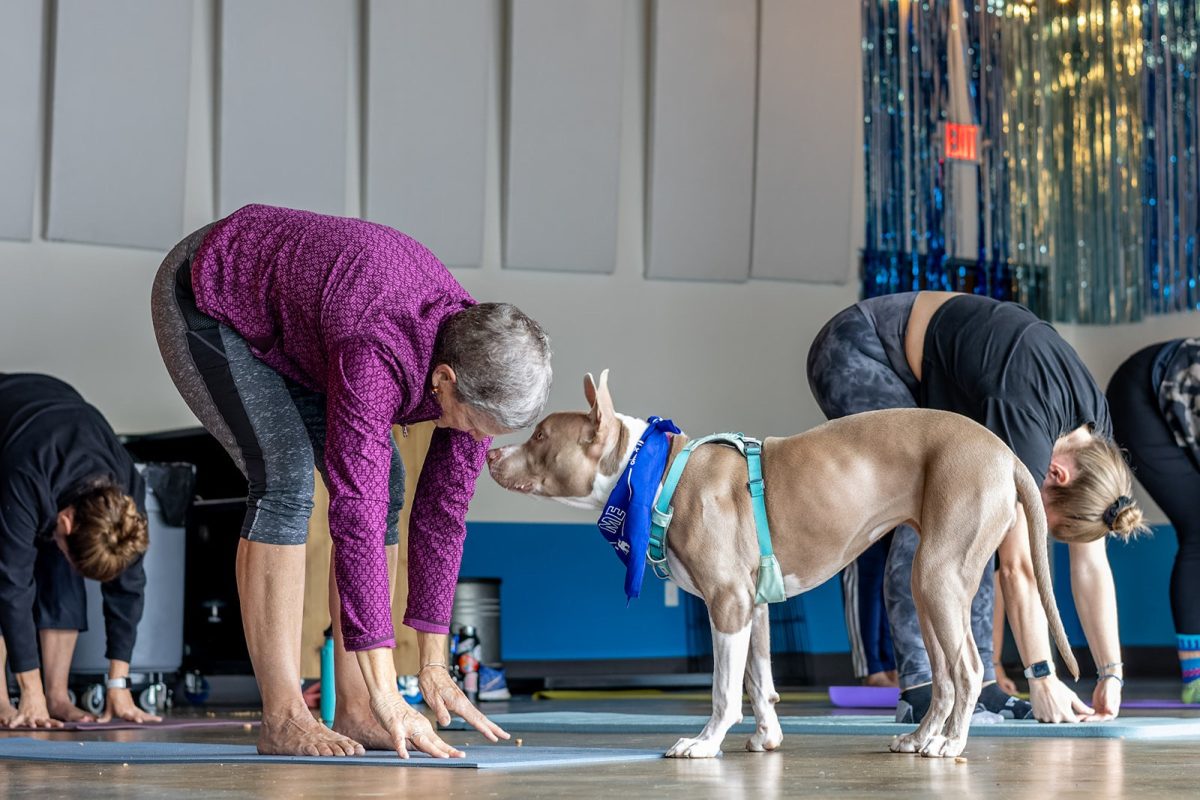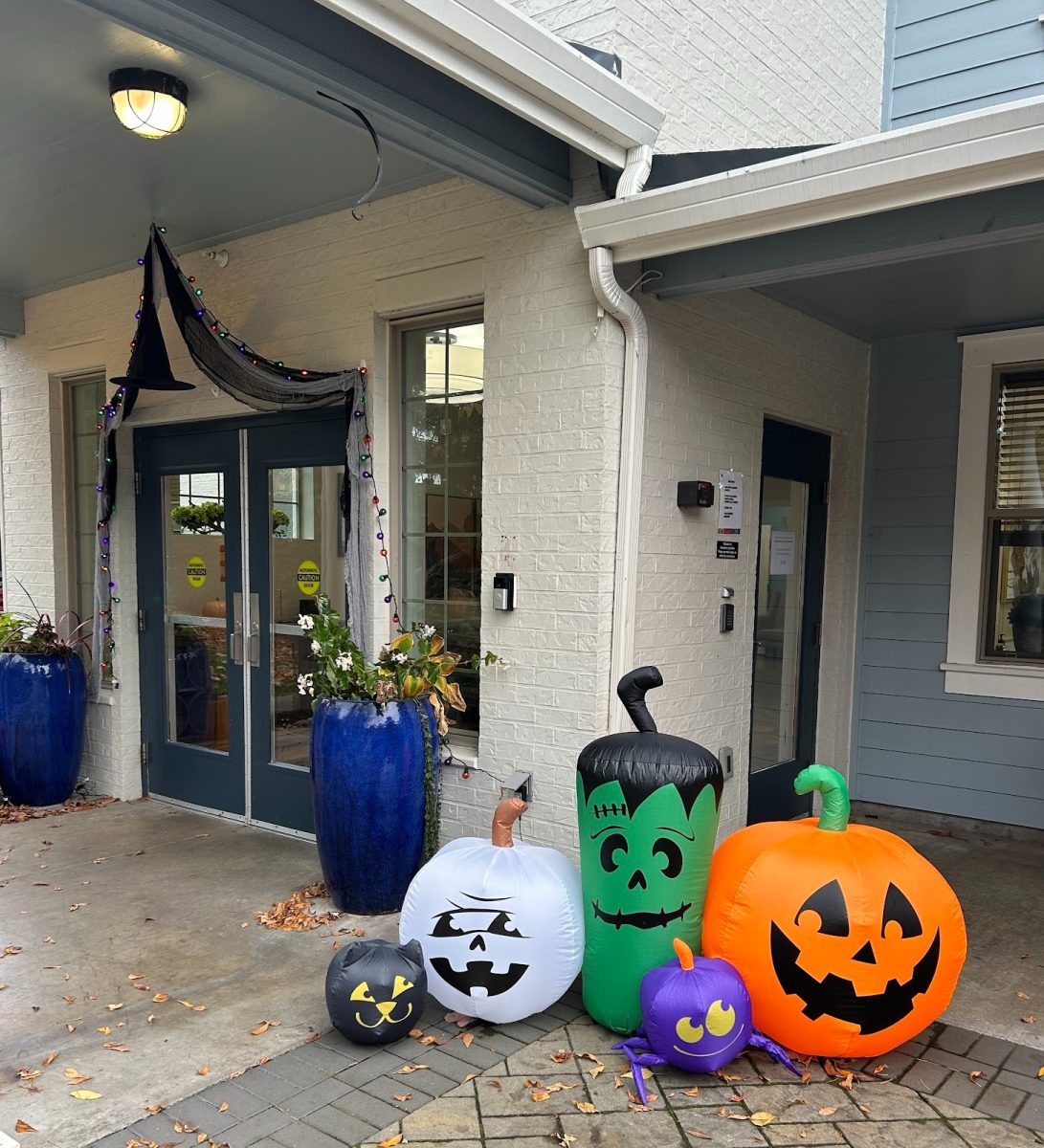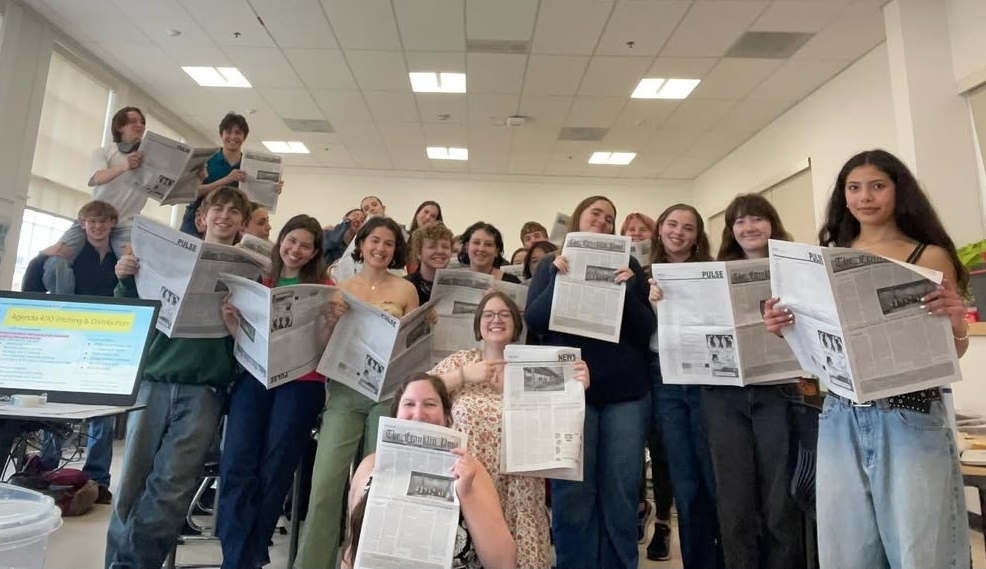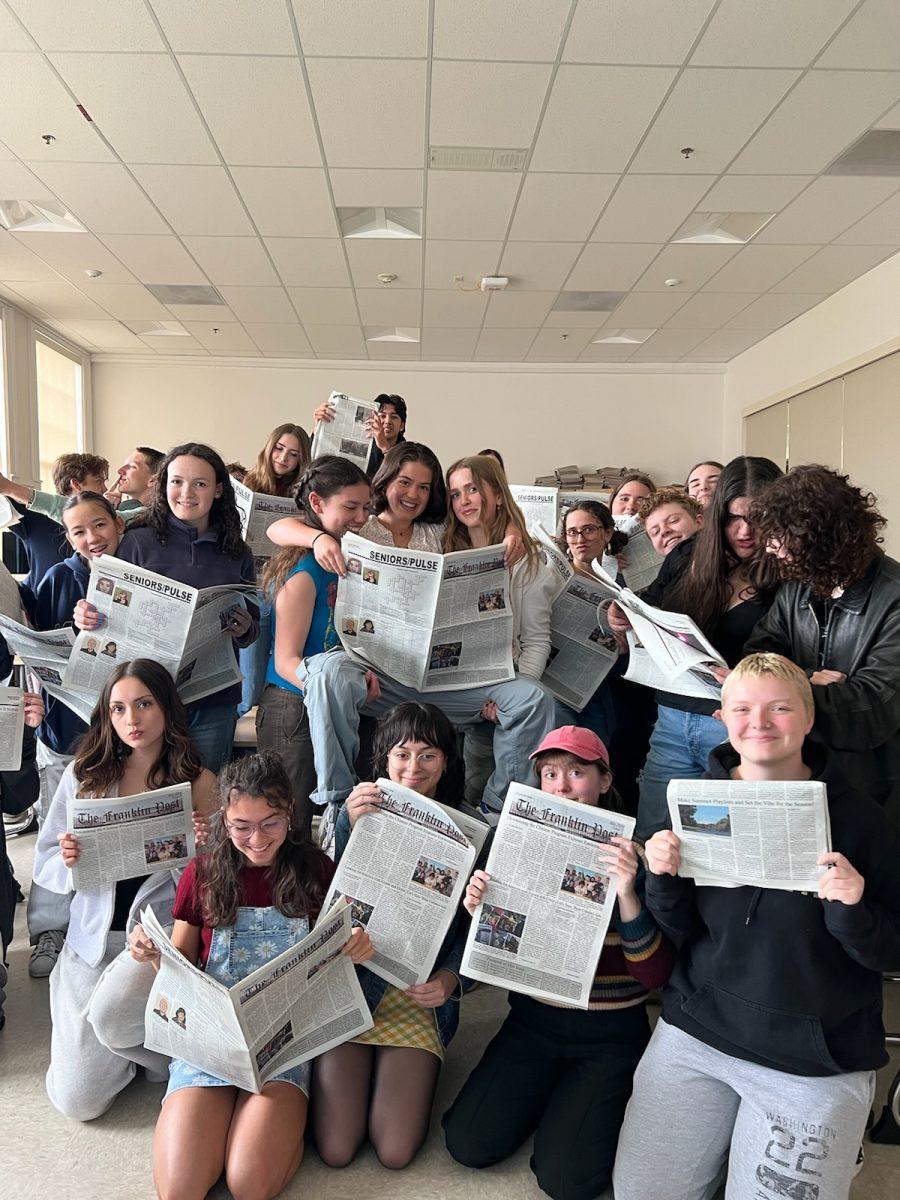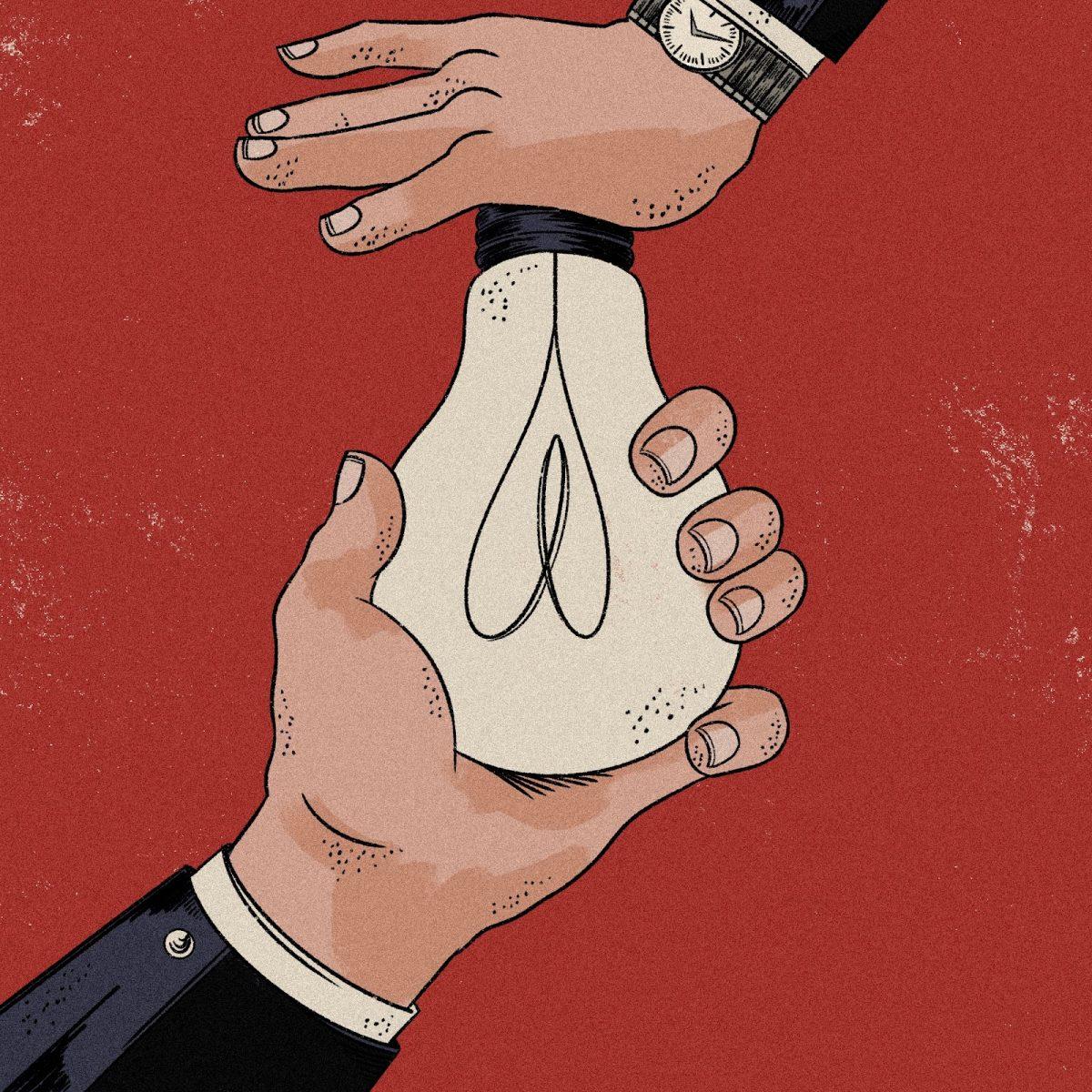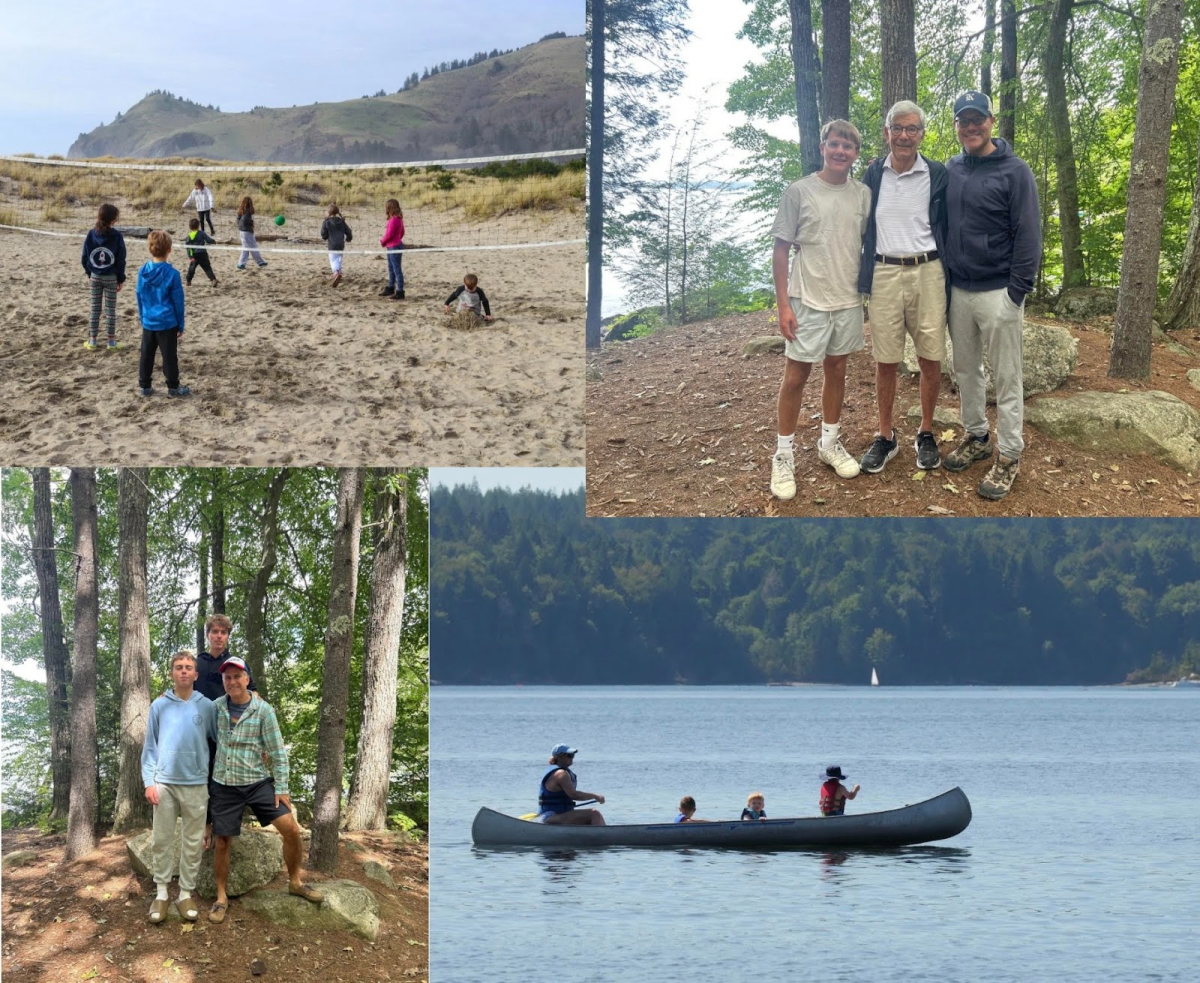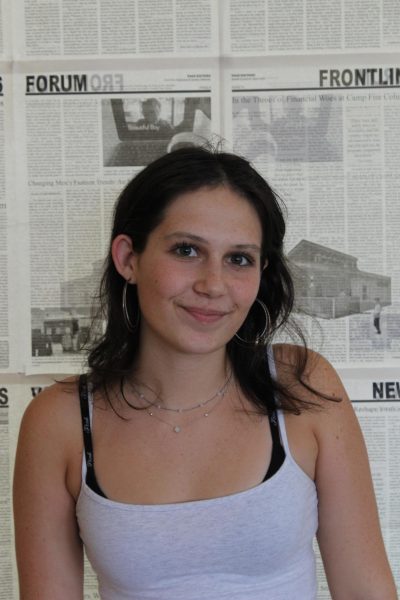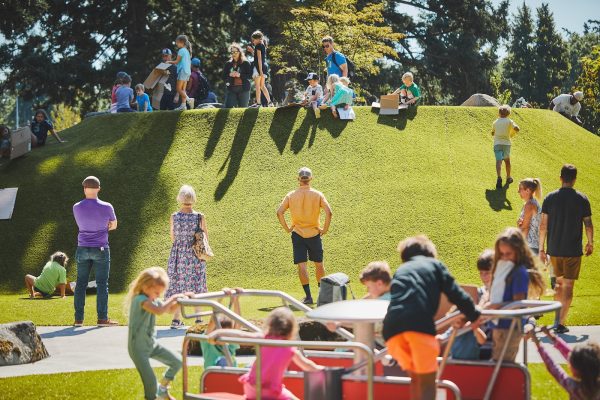
Playgrounds hold a special place in many people’s hearts — most people have fond memories of swinging as high as possible, tackling the monkey bars, and getting dizzy on the merry-go-round. The play and exploration that happens at playgrounds is, for many, a fundamental part of childhood, which is exactly why making these playgrounds accessible to all children, regardless of ability, is essential.
Harper’s Playground is one company that’s leading the way in making accessible and inclusive playgrounds more widespread. The first Harper’s Playground location was founded in Portland by G Cody QJ Goldberg and April Goldberg, a married couple with two children. This endeavor to improve the community quickly expanded, and now, 13 years later, they have playground locations across multiple states — and even one in Tokyo. All of the playground locations include accessible play options and features to accommodate children of all ages and abilities.
“Our story really begins with the birth of our first daughter, Harper,” says Chief Play Officer G Cody QJ Goldberg. “We received a diagnosis for her that suggested she would never walk or talk in her life. And then four years later, when she learned how to walk with a little yellow walker, we took her first walk in our local park to celebrate.” On her very first trip however, Harper’s walker got stuck in the woodchips that surrounded the park. “At that moment, my wife, April, said ‘we should do something about that,’” recalls Goldberg.
The incident with Harper was in 2009, and over the course of the next three years, they worked with their community to raise $1.2 million, come up with a design, and build the first Harper’s Playground in Arbor Lodge Park. Since then, G Cody QJ Goldberg has been running the nonprofit full-time with the mission of “covering the whole globe with more Harper’s Playgrounds so that everybody, no matter what their ability is … can enjoy the many benefits of community connection and play at a beautiful place.”
One thing that sets Harper’s Playground apart from other playgrounds is the fact that they’ve entirely moved away from the typical single, large playground structure or playscape. While they still include some conventional pieces of equipment, such as swing sets and climbing structures, they’ve focused more on implementing nature into their playgrounds. Two elements that can be found in abundance across the different locations are trees and boulders. “Trees are so health–giving and boulders provide tactile feedback, they become benches, [and] you can climb on [them],” says Goldberg.
Additionally, they’ve made their playgrounds more accessible by replacing woodchips and non-solid surfaces with AstroTurf or concrete pathways to accommodate wheels or individuals who benefit from having even ground to walk on. By implementing both nature and accessible features into their playgrounds, they make the space more inviting and exciting to play in.
Play is a very important concept to Goldberg. He says, “[humans’] physical, … mental, cognitive, … social, and emotional capabilities are all enhanced by or created through play,” and, for that reason, it is essential that play is made accessible for everyone through inclusive designs. He also notes that, as a company, Harper’s Playground specifically “design[s] to encourage and foster human contact [and] social connection.”
In this day and age this is especially important due to what Vivek Murthy, the former U.S. surgeon general, calls “an epidemic of loneliness.” Goldberg describes how, at their core, inclusive playgrounds encourage connection and community: “When you connect with people, you gain more empathy for them. Especially when there’s humans of lots of different ages and abilities and backgrounds together in the same place, it creates truly vibrant communities.”
In the process of facilitating a more inclusive community space, it should come as no surprise that community involvement and collaboration is ingrained in the movement. Harper’s Playground fundraising began with a bake sale, and the support they received from the community quickly spread to make the playground a reality.
Similarly, Robin Wilcox, capital project manager at Portland Parks & Recreation, notes that “community engagement in the design is part of almost every playground project we work on. We try to give the community multiple opportunities to weigh on regarding types of equipment and experiences in our playground[s].” Even those who can’t financially support projects are contributing just by being involved and pushing for more inclusivity. As Goldberg says, “five dollars … should be treated as [just] as important as five thousand dollars, because each gift represents a person who believes in [the cause].”
Making spaces more inclusive is vital for communities to thrive. “Accessibility is a bare minimum, but inclusivity ensures that the most exciting and interesting parts of the playground can be enjoyed by everyone,” says Wilcox. [This also] extends to caretakers — people with different abilities are able to engage in play with their kids in playgrounds that are designed with inclusivity in mind.” Harper’s Playground’s mission to increase inclusivity has left a lasting imprint on many communities, and we can see those impacts right here in Portland.
Wilcox says, “I started talking with a grandmother who was there with two of her grandkids. She took care of them two days a week and would drive to Arbor Lodge from Vancouver, Washington because she used a wheelchair, and it was the only playground where she could interact with the kids and push them on swings.”
Moments like these demonstrate the significant impact that Harper’s Playground has had, and exemplify how vital inclusive designs are in driving connection between children, caregivers, and the community as a whole. Every kid deserves the opportunity to engage in one of the most fundamental parts of childhood, and with Harper’s Playground, this is becoming more possible every day.
